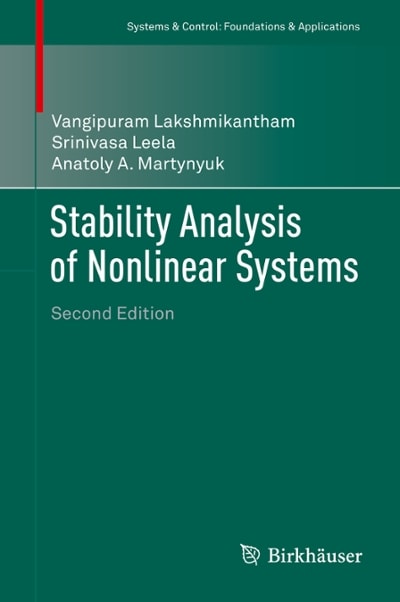Answered step by step
Verified Expert Solution
Question
1 Approved Answer
Problem 1.5 [16pts] (Optimum decision rules for empirical data) Let y := {1.0, 2.0, 3.0, 4.0, 5.0, 6.0) be a label-space of real-valued positive integers.

Step by Step Solution
There are 3 Steps involved in it
Step: 1

Get Instant Access to Expert-Tailored Solutions
See step-by-step solutions with expert insights and AI powered tools for academic success
Step: 2

Step: 3

Ace Your Homework with AI
Get the answers you need in no time with our AI-driven, step-by-step assistance
Get Started


